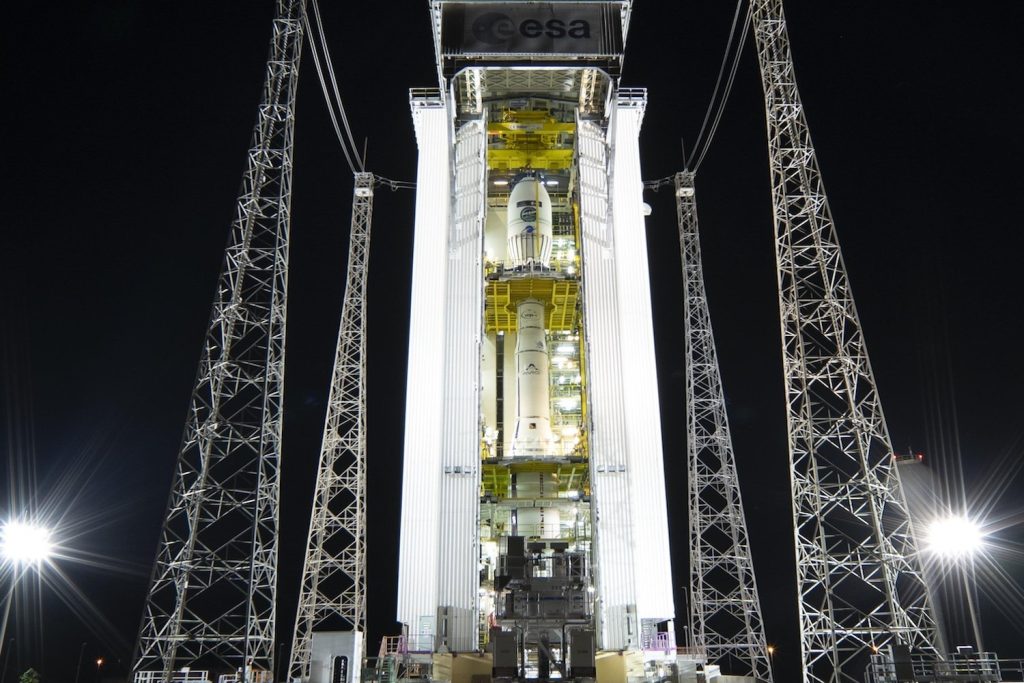
Watch Vega-C Rocket Make a Long-Awaited Return After 2022 Disaster (Image Credit: Gizmodo-com)
Europe’s much-needed launch vehicle Vega-C had a less-than-ideal inaugural flight, prompting a two-year hiatus to allow a redesign of the rocket’s motor nozzle. Today, Vega-C is finally ready for its highly-anticipated comeback.
The European Space Agency (ESA) is gearing up for Vega-C’s return to flight on Wednesday at 4:20 p.m. ET. The lightweight rocket will lift off from Europe’s Spaceport in Kourou, French Guiana, carrying the Copernicus Sentinel-1C satellite to a Sun-synchronous orbit. The launch will be streamed live on ESA Web TV, with the broadcast set to begin at 4 p.m. ET.
This mission marks Vega-C’s third flight, and the first since the rocket suffered a mission failure that led to the loss of its payload. The 114-foot-tall (35 meters) rocket lifted off for the first time in July 2022, delivering the Italian Space Agency’s LARES-2 as its primary payload for a flawless debut. Its second time flying, however, did not go as well. In December 2022, Vega-C launched for its second mission, carrying the Neo 5 and Neo 6 satellites for Airbus’ Pléiades Neo Earth-imaging constellation. About two minutes and 27 seconds after launch, the rocket’s second stage, Zefiro 40, suffered a decrease in pressure and the mission was terminated.
Investigators attributed the rocket’s failure to a gradual deterioration of a second stage nozzle, prompting a redesign of the nozzle before Vega-C could take off again. After two years, and millions spent on the redesign, the rocket is launch ready. That’s good news for Europe’s space industry, which has been having a bit of a dry spell when it comes to launch vehicles.
Vega-C, developed by ESA, is built by Italian company Avio, and operated by Arianespace. The medium-lift rocket was hailed as a worthy successor to the small Vega launcher, which was in operation for ten years. When Vega first debuted in February 2012, it kickstarted a new era for ESA by delivering small and medium payloads to orbit, providing the European space market with access to orbit. As its successor, Vega-C was fitted with a more powerful first and second stage, along with an improved re-ignitable upper stage. The rocket is capable of delivering 3.3 metric tons to low Earth orbit and 2.2 metric tons to polar orbit.
Vega-C’s return to flight follows the debut flight of Europe’s next-generation rocket, Ariane 6. In July, the long-anticipated Ariane 6, developed by French company Arianespace, liftoff for the first time for a less than ideal inaugural flight, failing to perform a deorbit burn for its upper stage. The rocket’s second mission, originally scheduled for December, has now slipped to early next year.
There’s a lot riding on Vega-C’s return to flight. With two years in the making, the rocket should be more than ready for its comeback.





